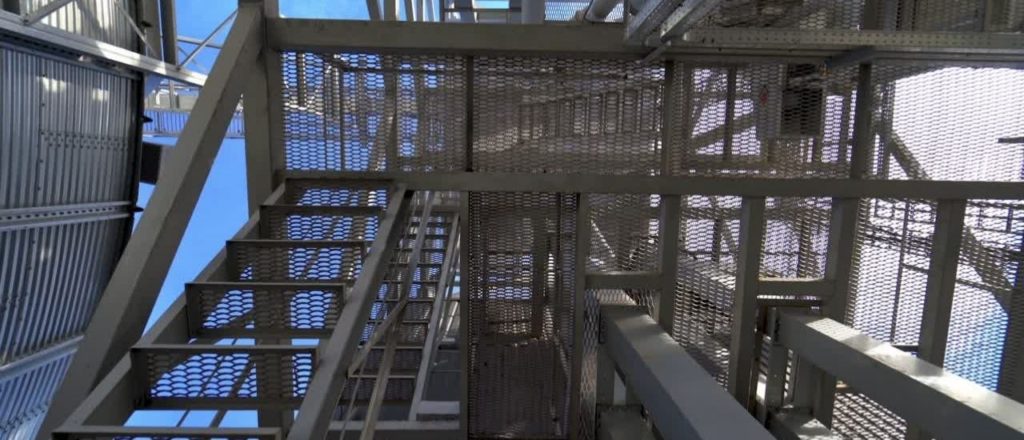Steel is one of the most important materials used in the construction of buildings. It is an alloy made of iron and carbon, with small amounts of other elements such as manganese, silicon, and phosphorus. Steel has been used in construction for centuries, and its popularity has only grown with advancements in technology and engineering.
In this article, we will explore the importance of steel in buildings and the reasons why it is a preferred material for architects and builders.
Strength and Durability
Steel is a strong and durable material, which is why it is a popular choice for building structures. It has a high strength-to-weight ratio, meaning it can support heavy loads without being too heavy itself.
It is also resistant to fire, corrosion, and pests, which makes it an ideal material for buildings in all kinds of environments. Steel structures are built to last, and they require minimal maintenance and repairs over their lifespan.
Flexibility and Versatility
Another reason why steel is a preferred material in building construction is its flexibility and versatility. Steel can be fabricated into various shapes and sizes, making it a perfect choice for complex architectural designs.
It can be molded into curves, angles, and shapes that are difficult to achieve with other materials, allowing architects to create unique and innovative designs. Steel structures can also be easily modified and expanded, making them an ideal choice for buildings that need to be adapted to changing needs over time.
Sustainability and Cost-Effectiveness
Steel is a sustainable material, as it can be recycled and reused many times without losing its strength and durability. This makes it an eco-friendly choice for building construction, as it reduces the need for new materials and minimizes waste.
Steel is also cost-effective, as it can be fabricated off-site and delivered to the construction site, reducing labor costs and construction time. The speed of construction with steel can also reduce financing costs on a project, and the durability of steel means maintenance costs can be minimized over time.
Conclusion
Steel is an important material in building construction for many reasons. Its strength, durability, flexibility, and versatility make it an ideal choice for buildings of all shapes and sizes.
It is also a sustainable and cost-effective material that can help reduce the environmental impact of construction while maximizing the value of the building.
Architects and builders will continue to rely on steel in the construction of buildings for years to come, as it remains one of the most reliable and versatile building materials available.

